Kula Volcanic Field
- Volcano type: Pyroclastic cones
- Volcano number: 213000
- Latitude: 38.58°N
- Longitude: 28.52°E
- Elevation: 750 m
- Distance to Ankara: ~400 km
- Closest city: Uşak ~65km, Manisa ~95km
- Population within 5 km: 66,866
- Population within 10 km: 66,866
- Population within 30 km: 187,845
- Population within 100 km: 2,655,406
The Kula volcanic field is an area of diffuse volcanism, in which vents are distributed across a broad area in western Turkey. It represents the westernmost volcanism in Turkey. Numerous cinder cones, maars and extensive lavas are distributed across the field, in an approximately E-W trend. Dates of between 1.1 million and the late Pleistocene to early Holocene are recorded, though the age of the most recent activity is unknown. Early Kula activity comprised lava flow effusion from a caldera-related ring fracture, whilst later activity occurred along the E-W trending rift
Kula has been designated a UNESCO Global Geopark, and tourism-related infrastructure has been developed with a view to making the lava flows and other volcanic structures accessible and educational
Kula region has attracted attention by researchers even in historical times. The Greek historian Strabon, who traveled this region thousands of years ago, named this region Katakekaumene (burned country). Human footprints were found on the pyroclastic products of the Çakallar cinder cone near Demirköprü reservoir in the northwest of the ear. The footprints in Kula have a unique value for Turkey, both historically and in terms of volcanism and human life. In the most recent study to date footprints, age determinations were made using different methods from the volcanic products on which the footprints are located and it was stated that the footprints belong to the Bronze Age (3000 BC-1200 BC) (Ulusoy et al., 2018).

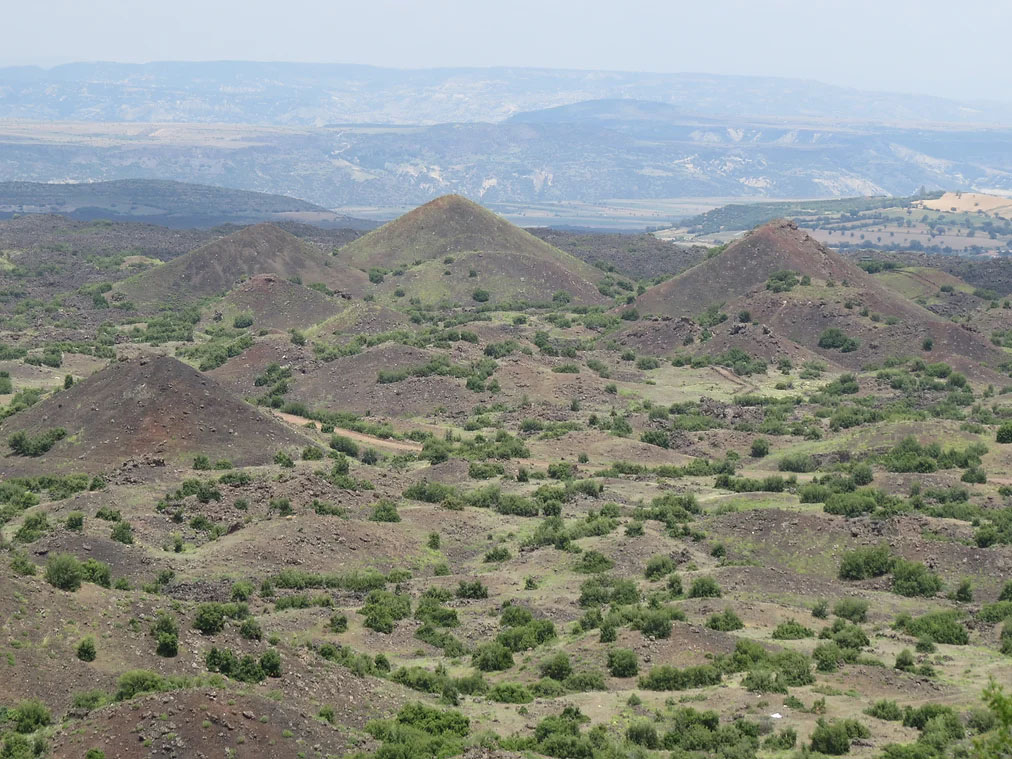
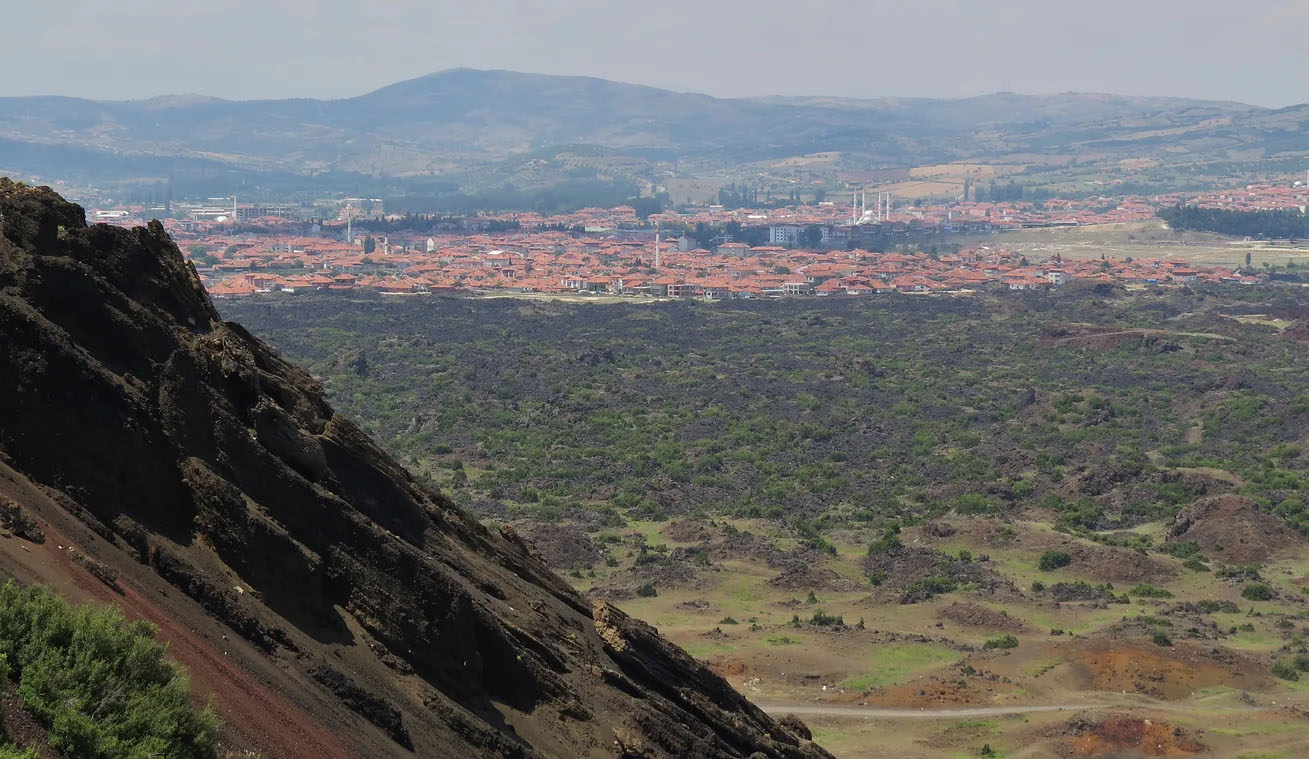
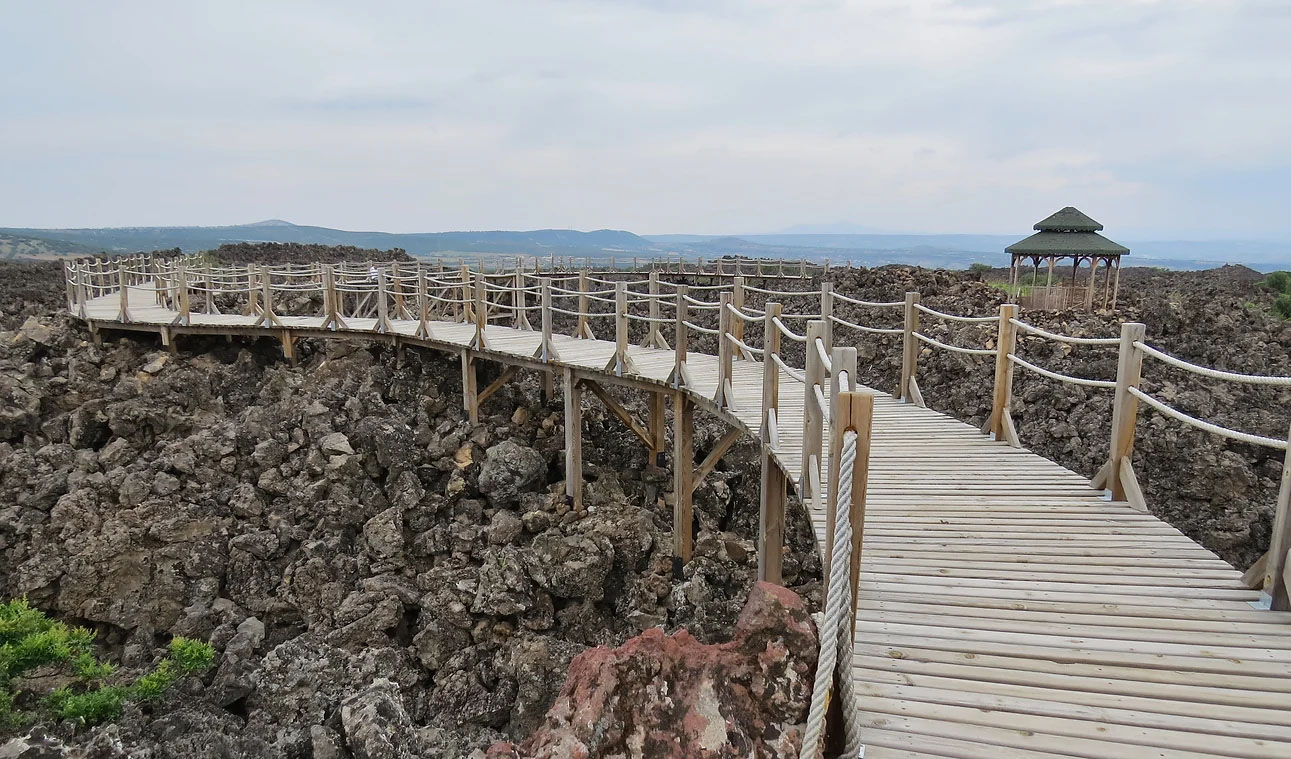
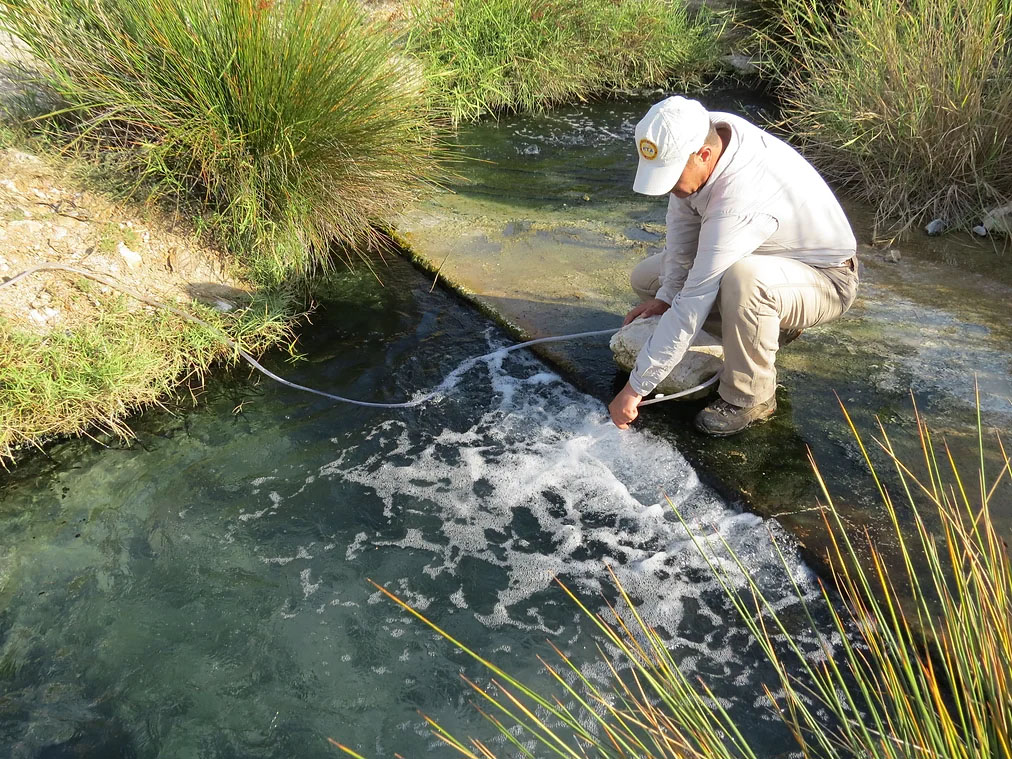
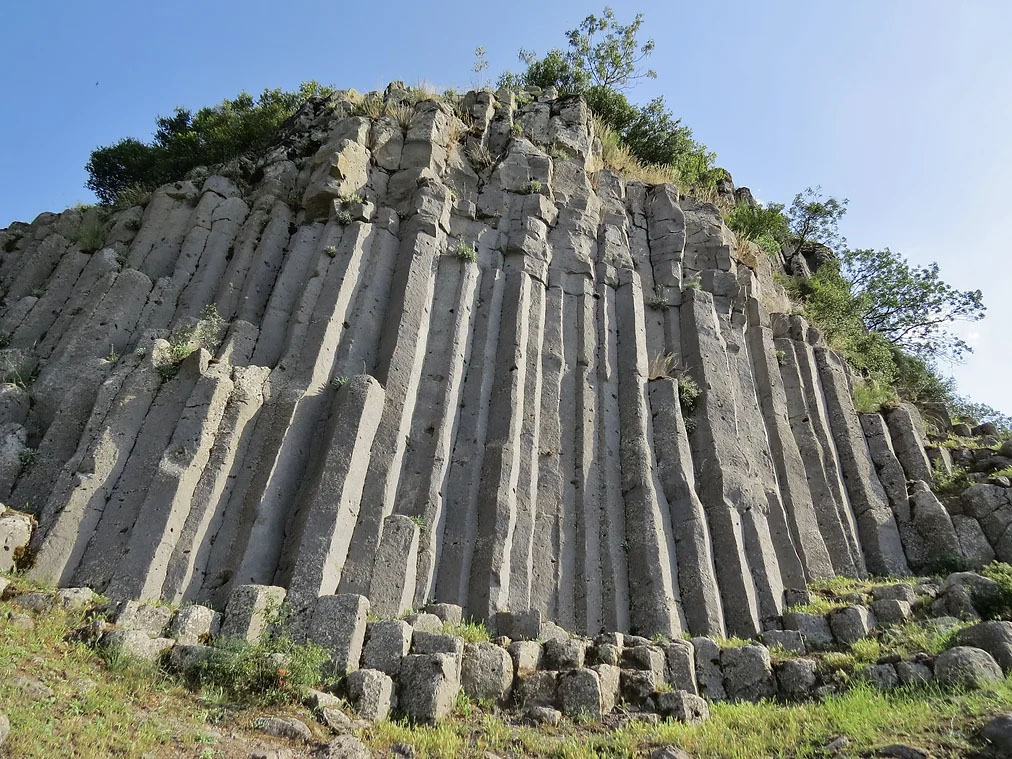
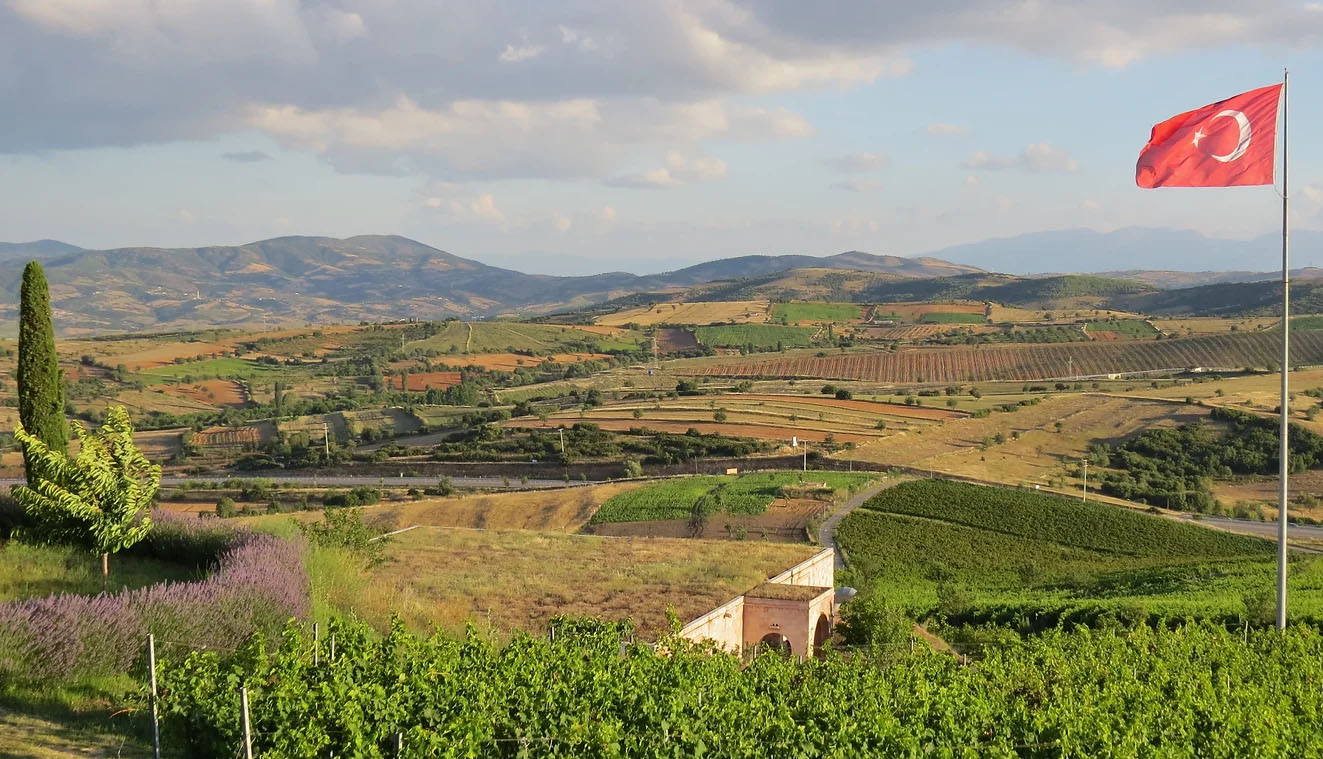
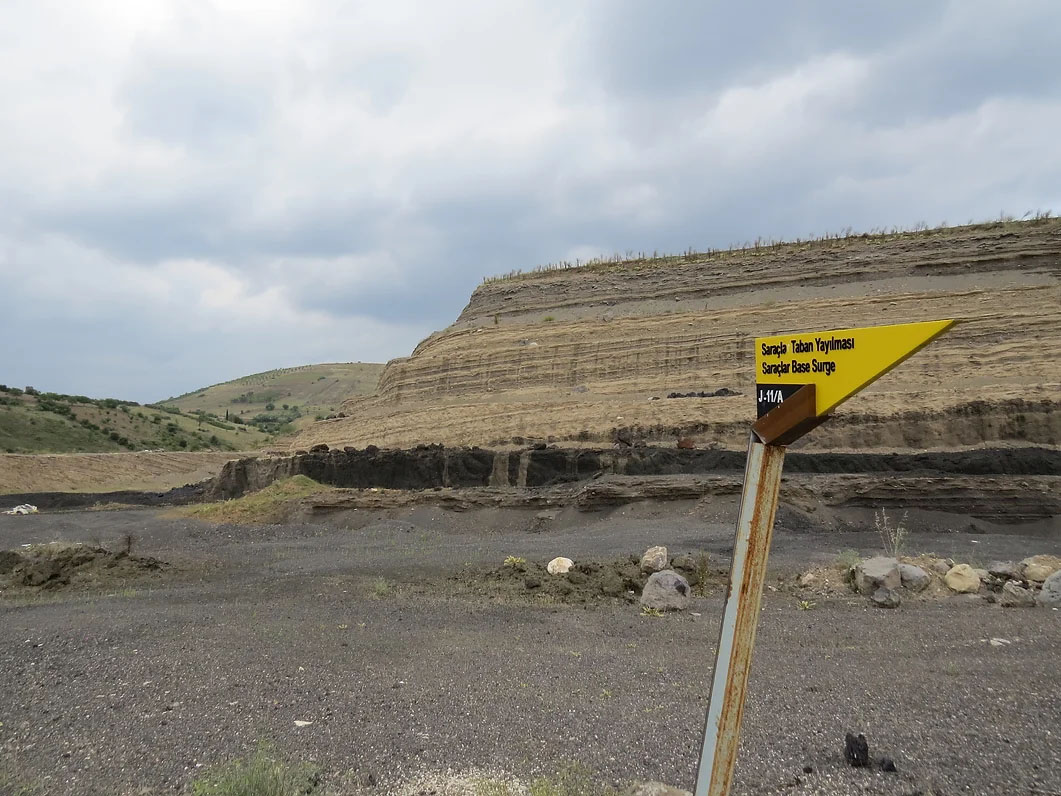
References
Global Volcanism Program, 2013. Kula (213000) in Volcanoes of the World, v. 4.7.7. Venzke, E (ed.). Smithsonian Institution. Downloaded 19 Apr 2019 (https://volcano.si.edu/volcano.cfm?vn=213000). https://doi.org/10.5479/si.GVP.VOTW4-2013
Şen, E., Erturaç, M.K., Gümüş, E. 2019. ‘’Quaternary Monogenetic Volcanoes Scattered on a Horst: The Bountiful Landscape of Kula’’. Landscapes and Landforms of Turkey. Editör: Kuzucuoğlu, C., Çiner, A., Kazancı, N. World Geomorphological Landscapes. Springer, Cham.
